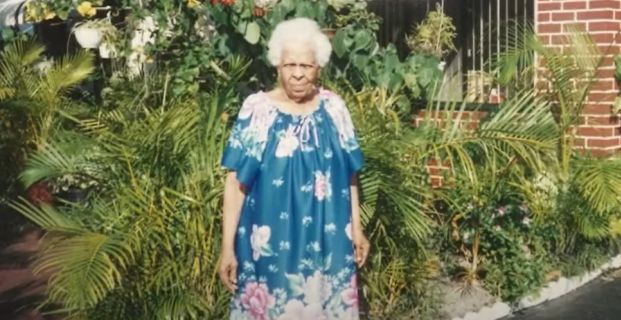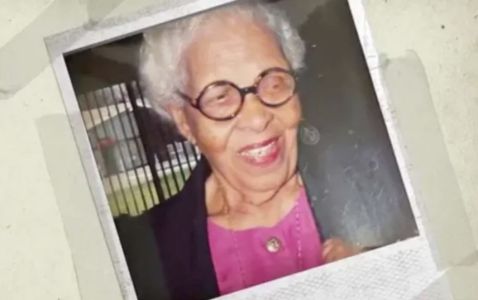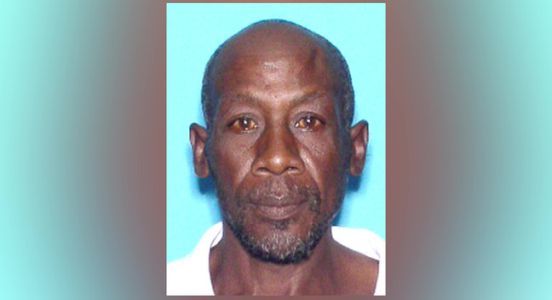
Cold case rape and murder of 89-year-old Lillian DeCloe solved after almost 30 years

(Lillian DeCloe, Image credit: Broward Sheriff’s Office)
On December 13, Florida’s Broward Sheriff’s Office (BSO) reported on the solving of a cold case that has haunted detectives and locals for almost 30 years. The decades-old mysterious and unsolved murder of a Florida woman has now been cleared, thanks to advances in DNA analysis techniques.
On a Saturday back in April 1994, 89-year-old Lillian DeCloe was relaxing in her Pompano Beach home, awaiting a visit later that day from a niece who helped care for her. Tragically, Lillian and her niece were never able to enjoy that time together.
Instead, violence and rage burst into Lillian’s peaceful home when a killer broke in took her life.
The house had been ransacked, according to the sheriff’s office. “For the most part, there wasn’t a single clue or witness,” Broward Sheriff Gregory Tony said. The case went cold. ~ Seacoast Oldies
For 28 years, Lillian’s family wondered who could possibly murder this harmless woman who spent her life caring for others as a teacher and nurse. This past August, Broward Sheriff’s Office Cold Case Homicide Unit detectives gave Lillian’s family the answer they’d long sought – Lillian’s killer had been identified.
BSO’s Cold Case Homicide Unit reopened Lillian’s case after the unit formed in 2019. Their work launched a journey through old case files, through DNA databases and eventually to the grave of a former United States Marine who once lived a few houses away from Lillian’s home.
Like an episode of “CSI”, a series of breakthroughs led to Lillian’s killer, and the first emerged from DNA evidence recovered from Lillian’s nightgown. The killer left semen on the garment after he sexually assaulted Lillian. From that evidence, BSO’s Crime Lab developed a suspect profile. The Florida Department of Law Enforcement then provided the second breakthrough. ~ Broward Sheriff’s Office
BSO asked FDLE to conduct a Familial Search of its State of Florida Qualifying Offender DNA Database in this case. This technique uses the forensic DNA profile to search for possible first order (parent/child or full sibling) male relatives to the contributor. That testing identified a known offender who had spent time in Florida prison and whose DNA was on file.
The known offender was a possible close relative of the DNA contributor in Lillian’s murder. That lead led detectives to a man named Johnny Mack Brown.
Detectives learned that Brown once lived a few houses away from Lillian in the 1990’s and was a Vietnam War veteran. His family said he struggled with PTSD and drug addiction. Brown had also been deceased for more than a decade.

The final breakthrough came this past August when BSO detectives got a court order to exhume Brown’s remains from the South Florida National Cemetery in Palm Beach County. Investigators collected tissue samples from Brown’s remains, and testing by BSO’s Crime Lab showed that Brown’s DNA was consistent with the DNA left at the crime scene. The results were more than conclusive – the DNA results are 66.8 trillion times more likely that they came from Brown and DeCloe than if they came from DeCloe and another person.
Finally, detectives presented their findings to the Broward State Attorney’s Office for review. Prosecutors agreed with BSO’s findings that Brown was involved in DeCloe’s murder. After a nearly three decades-long journey for justice, Lillian DeCloe’s family believes that she can finally rest in peace as her murder is now considered solved and closed.
For more on the story, see the Sheriff’s press conference video accompanying this article.
(Source: BSO)
(Lillian DeCloe cover photo, Image credit: WPLG / YouTube)
Posted by Richard Webster Ace News Today / Follow Richard on Facebook and Twitter






